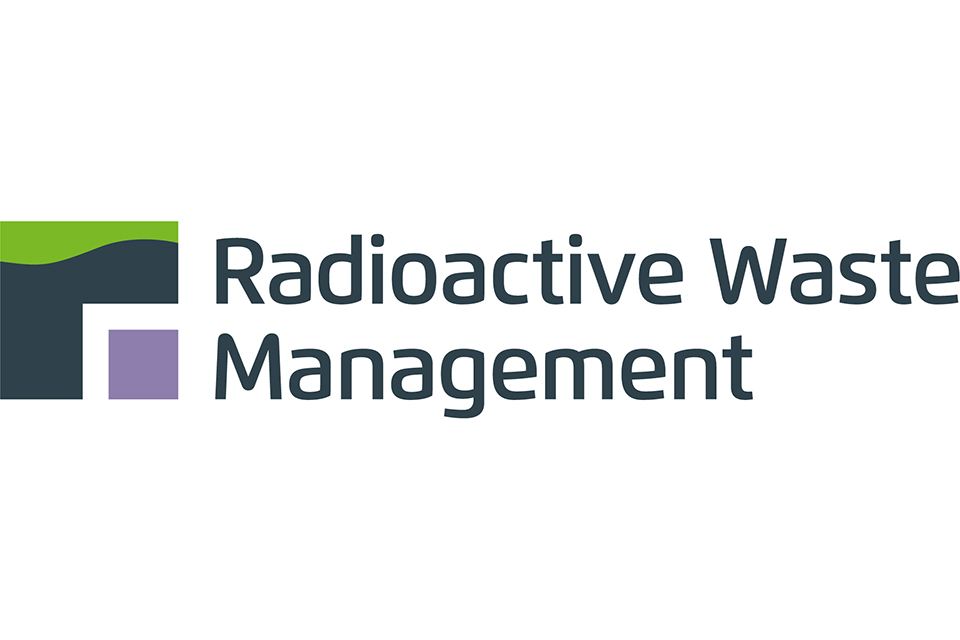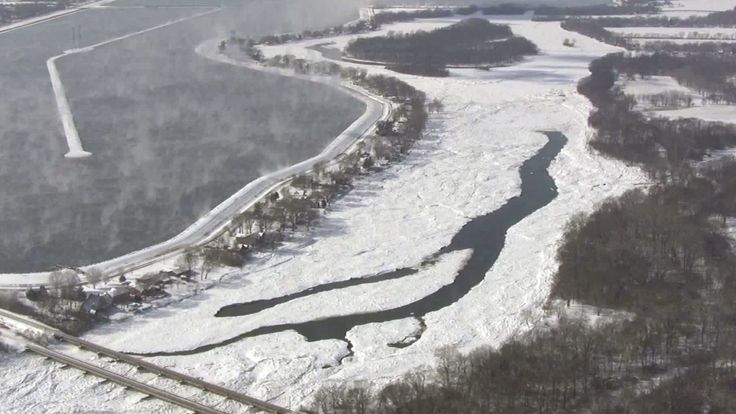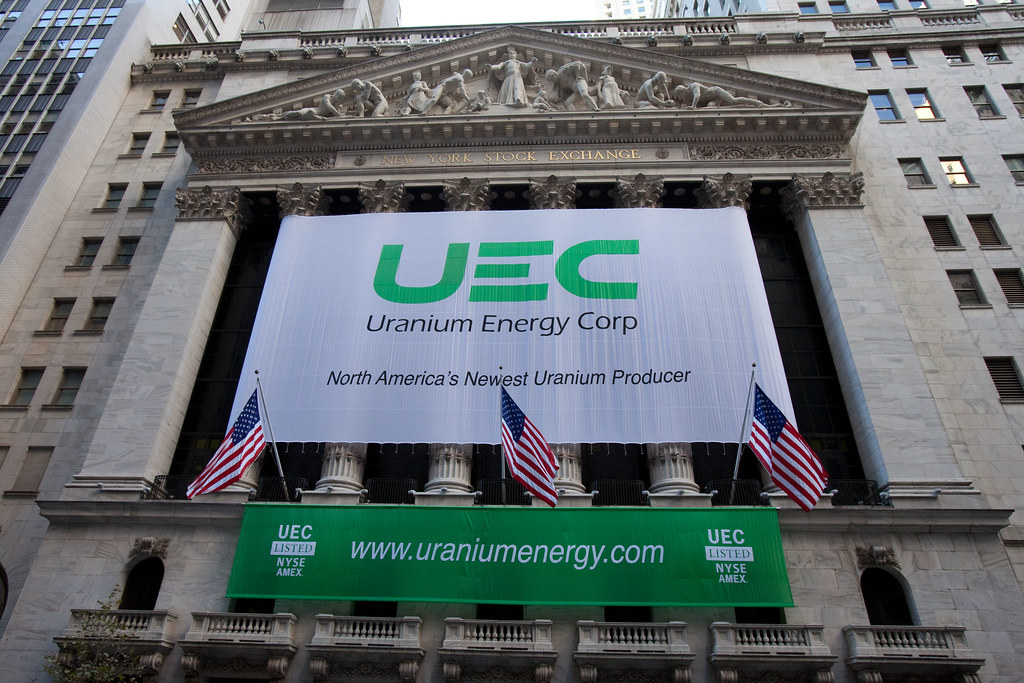
In a shocking revelation, Radioactive Waste Management (RWM), the government-owned entity responsible for the Geological Disposal Facility (GDF) project in the UK, has disclosed a recent cyber-attack attempt on its operations. The ambitious £50 billion GDF project aims to construct a massive underground nuclear waste store, bringing together various nuclear bodies under the umbrella of Nuclear Waste Services (NWS). This breach attempt, conducted through the professional networking platform LinkedIn, sheds light on the growing cybersecurity threats faced by critical infrastructure projects.
The Merger and its Digital Vulnerabilities:
The merger of three nuclear bodies to form NWS, as detailed in the accounts filed at Companies House, created a potential target for cyber threats. Corhyn Parr, NWS’s CEO, highlighted concerns about “potential exploitation of ownership change through specific attack vectors, predominantly LinkedIn targeting.” The revelation underscores the evolving tactics employed by cybercriminals seeking to infiltrate sensitive projects.
LinkedIn as a Gateway for Cyber Intrusion:
NWS acknowledged that cybercriminals utilized LinkedIn to identify individuals within the organization. Social media platforms, such as LinkedIn, have increasingly become entry points for hackers, employing tactics like creating fake business accounts, sending deceptive messages, and attempting to steal user credentials. While NWS claims that these attempts were successfully thwarted by their multi-layered defenses, the incident serves as a stark reminder of the vulnerability of critical infrastructure to cyber threats.
Social Engineering in the Nuclear Realm:
Experts have long warned about the risks associated with social engineering in the digital age. Cyber threats, whether through email, phone, text, or social media, can serve as gateways to access sensitive information from companies and individuals. The mention of “cyber incidents” in RWM’s accounts highlights the ongoing challenges in safeguarding the nuclear industry against potential breaches.
The GDF Project and its Geopolitical Implications:
The GDF project, designed to be a subterranean network of tunnels and vaults for housing highly radioactive nuclear waste, holds significant geopolitical and environmental implications. With a projected cost ranging from £20 billion to £53 billion and expected to receive its first waste in the 2050s, the GDF project mirrors similar endeavors in Finland and France. However, the recent cyber-attack attempt has added a layer of complexity to an already challenging process of finding a suitable site.
Site Selection and Community Challenges:
The government’s search for an appropriate site for the GDF project has encountered hurdles, with Allerdale in Cumbria deemed geologically unsuitable earlier in the year. With only two sites in Cumbria and one on the Lincolnshire coast remaining on the shortlist, NWS faces the task of surveying each site and gaining community approval. The disclosure of cyber threats adds another dimension to the challenges NWS faces, including potential attempts to influence public opinion through cyber means.
The Broader Cybersecurity Landscape in the Nuclear Industry:
The digital security of the nuclear industry has been under scrutiny since previous revelations of cybersecurity issues at the Sellafield site in Cumbria. The interconnectedness of critical infrastructure with digital platforms has raised concerns about the potential for cyber-attacks to disrupt operations, compromise sensitive information, and even influence public perception.
The cyber-attack attempt on Radioactive Waste Management, the key player in the UK’s ambitious Geological Disposal Facility project, underscores the urgent need for robust cybersecurity measures in critical infrastructure projects. As technological advancements continue to shape the future of the nuclear industry, ensuring the protection of sensitive information and infrastructure from evolving cyber threats becomes paramount. NWS’s commitment to vigilance and continuous improvement in cybersecurity is a positive step, but the incident serves as a wake-up call for the broader nuclear sector to fortify its digital defenses in an ever-evolving threat landscape.
A Brief History of Radioactive Waste Management (RWM)
1970s – Establishing the Need for Responsible Waste Management:
The origins of Radioactive Waste Management (RWM) in the UK can be traced back to the 1970s when the government recognized the imperative of establishing a dedicated entity to manage the increasing volume of radioactive waste generated by various industries, including nuclear power generation, medical applications, and research. As awareness of the potential environmental and public health risks associated with radioactive waste grew, the need for a centralized, coordinated approach became evident.
1980s – Forming RWM:
In response to the escalating concerns surrounding radioactive waste, the UK government formally established Radioactive Waste Management Limited (RWM) as a subsidiary of the Nuclear Decommissioning Authority (NDA) in the early 1980s. RWM was entrusted with the responsibility of developing and implementing effective strategies for the safe and secure management of radioactive waste across the country.
1990s – Evolving Regulatory Frameworks:
During the 1990s, RWM operated within a developing regulatory framework that aimed to set standards for the safe disposal and containment of radioactive waste. This period saw increased scrutiny and regulations concerning waste management practices, reflecting a growing commitment to environmental protection and public safety.
2000s – Geological Disposal Facility (GDF) Concept Takes Shape:
The 2000s marked a significant phase in RWM’s history with the conceptualization and exploration of the Geological Disposal Facility (GDF) project. Recognizing the long-term challenges associated with radioactive waste, RWM started investigating the feasibility of constructing an underground repository designed to safely contain and isolate highly radioactive waste for an extended period.
2010s – GDF Project Advances and Public Engagement:
As the GDF project gained traction, the 2010s witnessed significant progress in its development. RWM actively engaged with local communities and stakeholders to address concerns and garner support for potential GDF sites. The importance of transparency and public participation in the decision-making process became integral to RWM’s approach.







